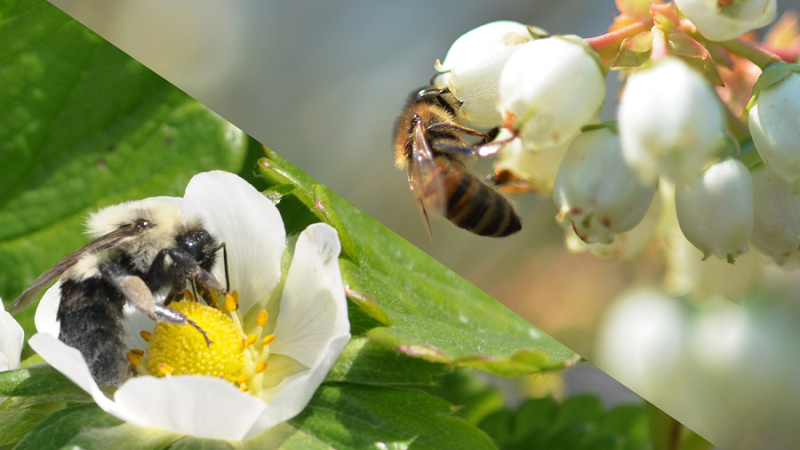Why Tech Is the Key to Climate Smart Farming Success
For the grower, climate smart farming is really a series of business decisions. When I think about climate smart agriculture through the lens of Western Growers, for a lot of our members it really comes down to two key areas. Number one, how do we adjust on the growing operation side to changes in climate? Do we need to move acreage, change crop type, change growing patterns, or change regional focus from certain months to other months?
Next, as a grower, what technology can help me take advantage of programs that are out there to fund and verify some of these production practice changes that can be big and costly? A lot of times this comes down to, “Can I use regenerative ag practices like cover crops and less tillage to store carbon in the ground?”
With carbon, the decision generally plays out in one of two ways. The grower can sequester the carbon and take it as an inset to offset their carbon footprint and help their buyers up the supply chain. Or they can sell offsets to third parties who then have the right to use carbon.
What I’m seeing in the marketplace is interesting. There is a larger willingness on the part of ag operators now to use insets to offset their own carbon use than there is to sell the offsets. They are using it as an internal accounting mechanism.
There are tools out there like Agrology to measure and track the carbon that’s being sequestered in the ground. The challenge is always one thing: How verifiable is it when you measure the baseline, track the stored carbon incrementally from these practices, and then go out and sell this or use it as an accounting vehicle? At some point there will be audits. When that time comes, you need to be rock solid — like any audit— and that’s where I see a lot of work.
But we’re still very early days on this. I think there is good progress on both getting carbon stored and making the growing practice changes. There is less progress on whether I can actually feel 100% confident that it’s verifiable, and that the audit will stand up to 10, 15, or 20 years from now. We’re not there yet.
Automation solutions are coming fast, but they’re not here yet. Biological solutions are coming soon, but they’re not here yet, either. So, to help move things forward, Western Growers works with a lot of startups.
We have identified more than 700 startups in the automation space, doing everything from weeding, to thinning, to planting, to harvesting, to harvest assist, to spraying. In a couple of key areas — weeding, spraying, and harvest assist — I feel like we’re getting critical mass. We have Burro out there with 350 robots doing harvest assist. We’ve got Carbon Robotics with 50-plus robots in market doing great stuff with the LaserWeeder. We’ve got Stout Industrial Technology doing weeding. We have companies like GUSS and Ecorobotix and Robotics Plus.
But the reality is that not only does the product need to work for the grower — it needs to weed, or spray, or do the stuff they are doing with labor crews — but it also needs to do it in a way that works for the grower’s economics.
For more, read the full article as part of our special Global Insight Series report on Climate Smart Farming.
In addition, check out the previous reports in Meister’s Global Insight Series covering a range of topics from Soil Health to Irrigation Innovations to Agricultural Technology, and more.










